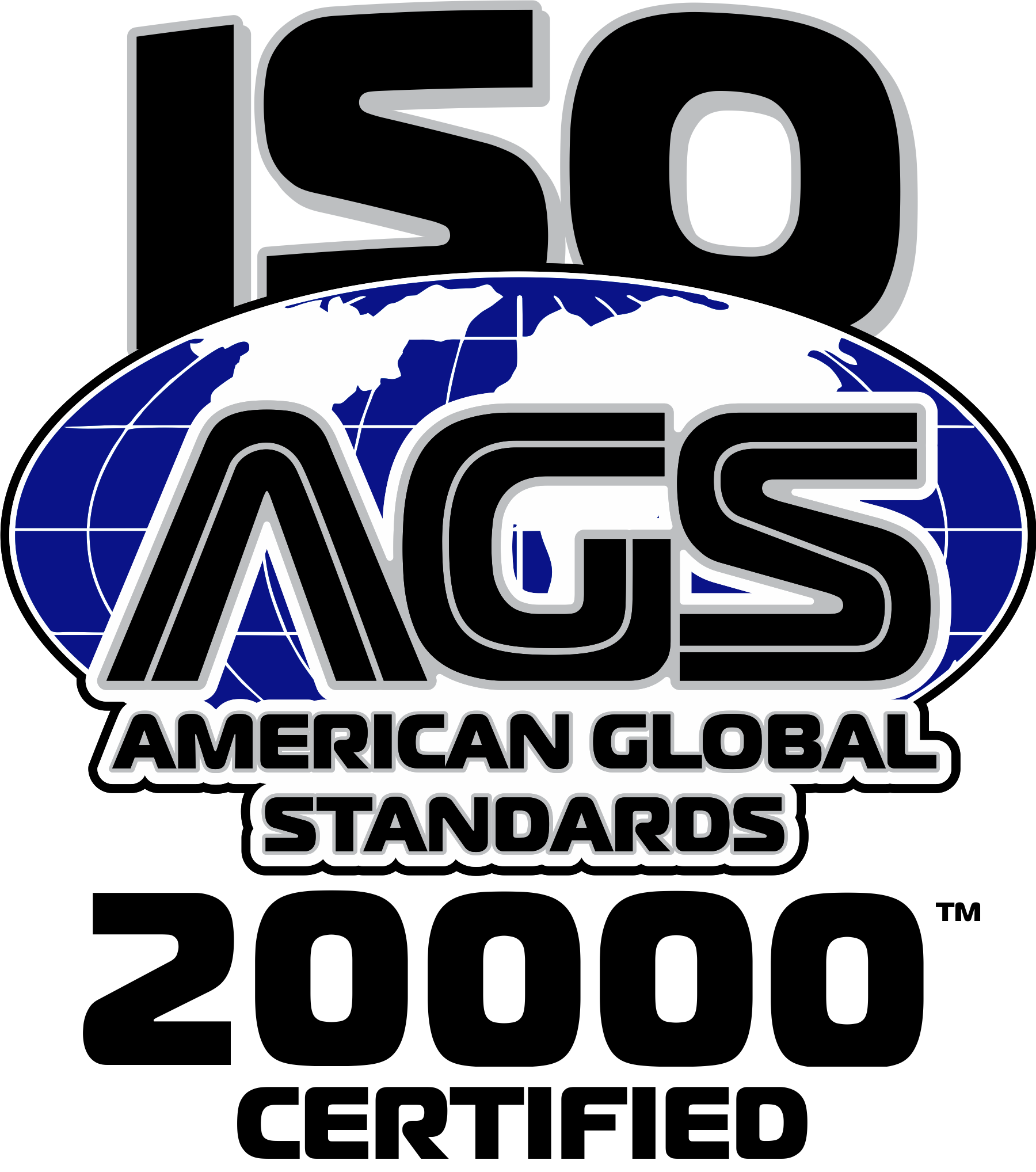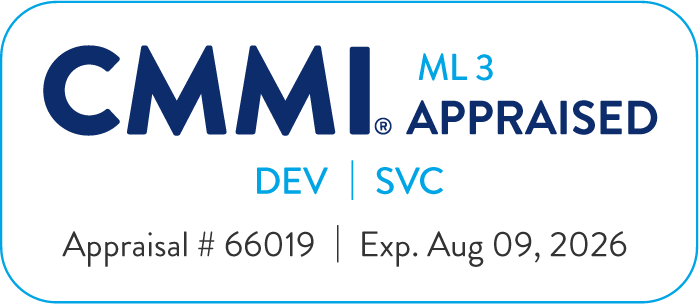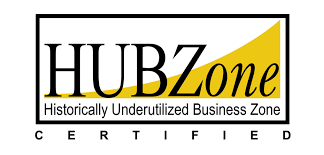 Enterprise Infrastructure & Cloud Enablement
Enterprise Infrastructure & Cloud Enablement
Enterprise-class scalability, flexibility and first-rate resiliency
Technical complexity = new challenges
The rate of technical change in information processing, storage, and communications bandwidth is accelerating. At the same time, the engineering scale for infrastructure exceeds levels that we could only imagine a short while ago. This produces new challenges in architecture, networks, hardware and software engineering, and human systems integration.
And as IT infrastructure technology is rapidly evolving, your challenges multiply –
- Reduce cost and environmental impact
- Improve service levels and efficiency
- Deliver new services and business agility
New demands for capabilities require more integration of current systems while making way for new ones. For example, data centers can be completely physical, completely virtual, or a hybrid solution. They can have a combination of co-location facilities with IaaS components.
To solve your challenges, you will tap all forms of systems engineering, sometimes separately—yet increasingly—together.
Why Elevate
We understand the big picture — from strategy, planning, architecture and design, to deployment, integration and management across networks, applications, devices, and the cloud.
We are always on top of emergent technologies and trends, such as new storage technology, virtualization, software-defined network, network function virtualization, cloud computing, DevOps/automation, and virtual desktop.
Best practices
We focus on the processes and practices defined in the Information Technology Infrastructure Library (ITIL), the most widely adopted framework for IT service management.
Expertise and Solutions
Systems engineering lifecycle:
- Concept development
- Operational needs assessment
- Concept of operations
- Operational requirements
- Requirements engineering
- Prototyping and experimentation
- System architecture
- System design and development
- Systems integration
- Test and evaluation
- Implementation, O&M and transition
Enterprise planning and management:
- Performance measures
- Portfolio management
- Hybrid legacy and cloud
- Virtualization
- Data center operations, consolidations and relocations
- Server and systems migrations
- Risk management
- Configuration management
- Quality assurance and measurement
- Continuous process improvement
Transformation planning and organizational change:
- Stakeholder assessment and management
- Effective communication and influence
- Planning/implementing successful user adoption
Enterprise governance:
- Policy analysis, strategies and implementation
- Standards analysis, planning and implementation
- Section 508 compliance








